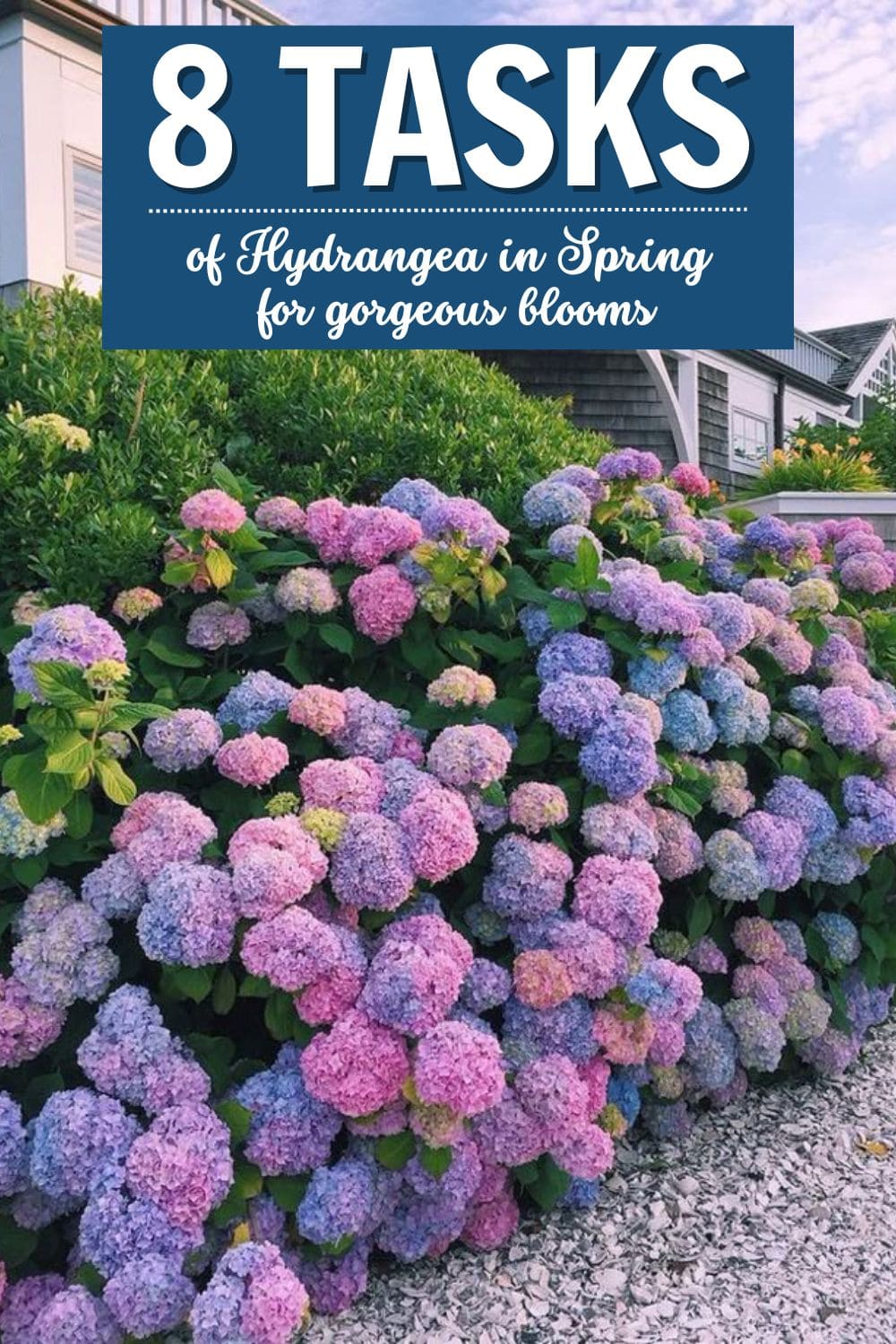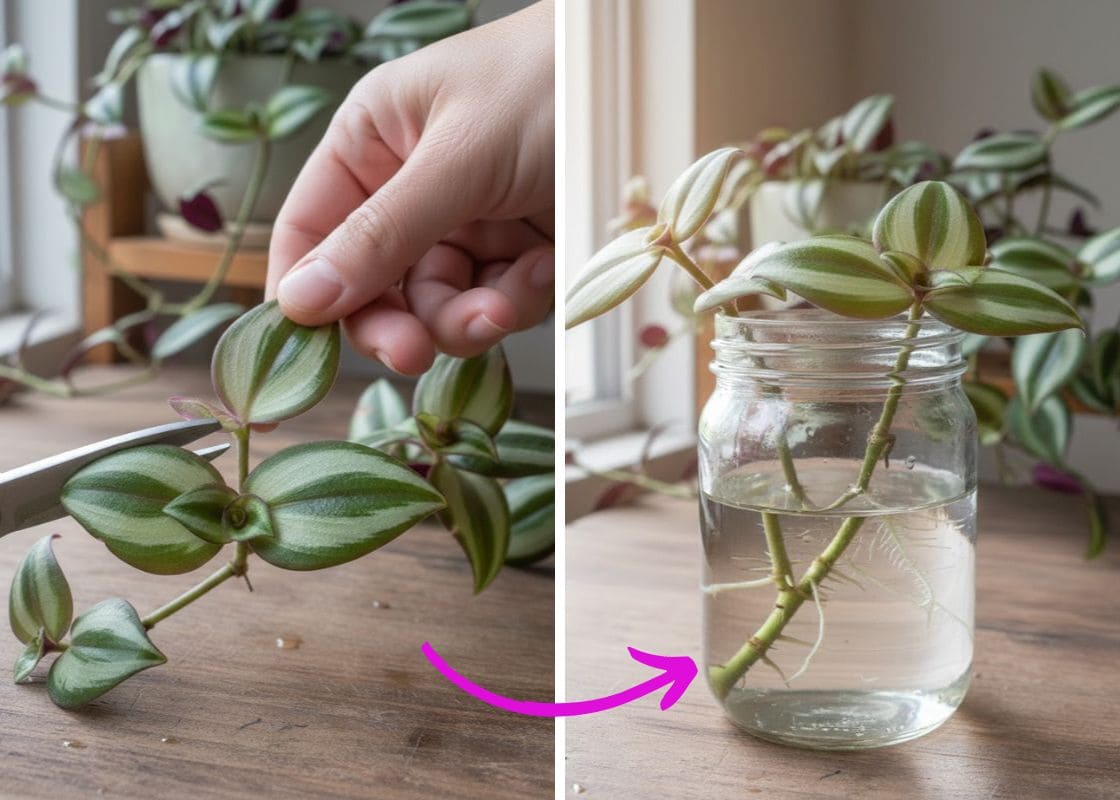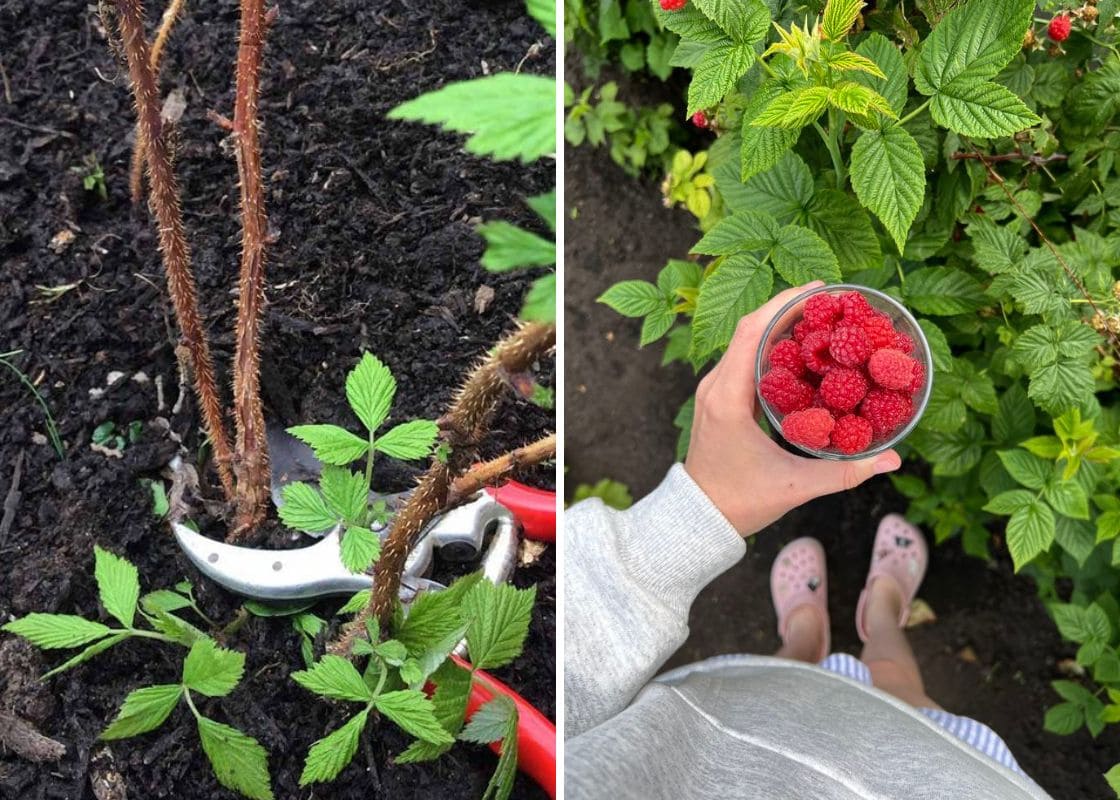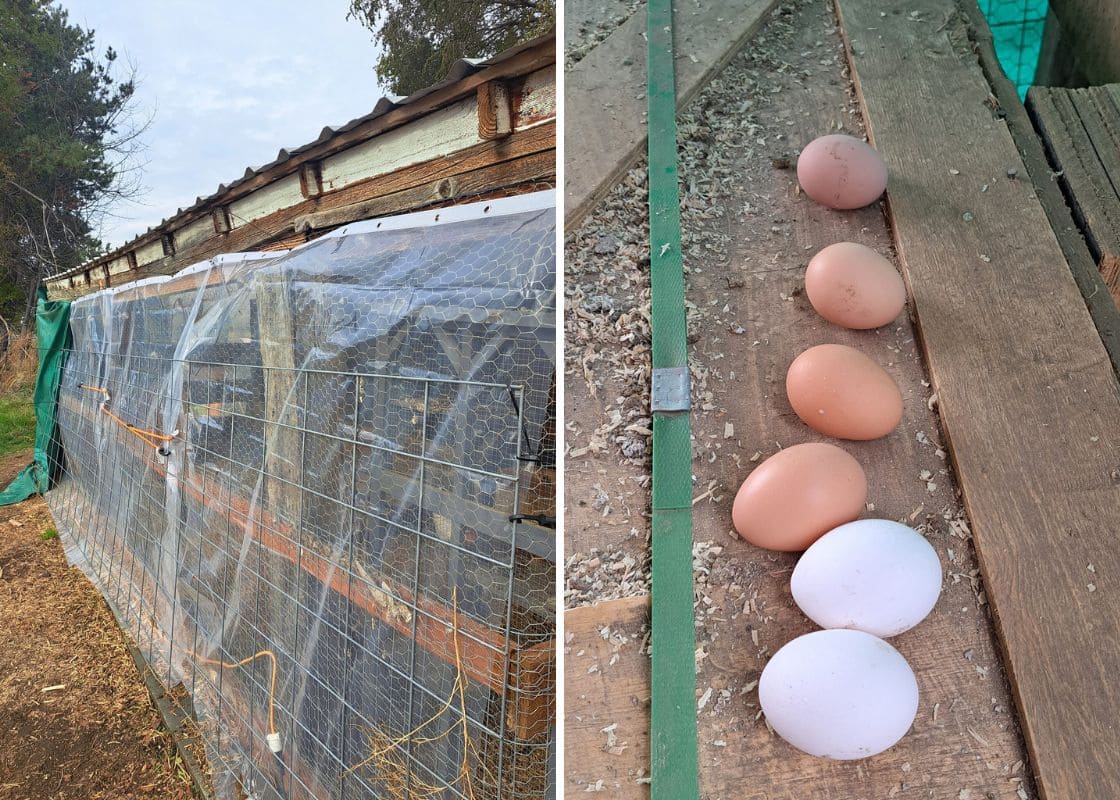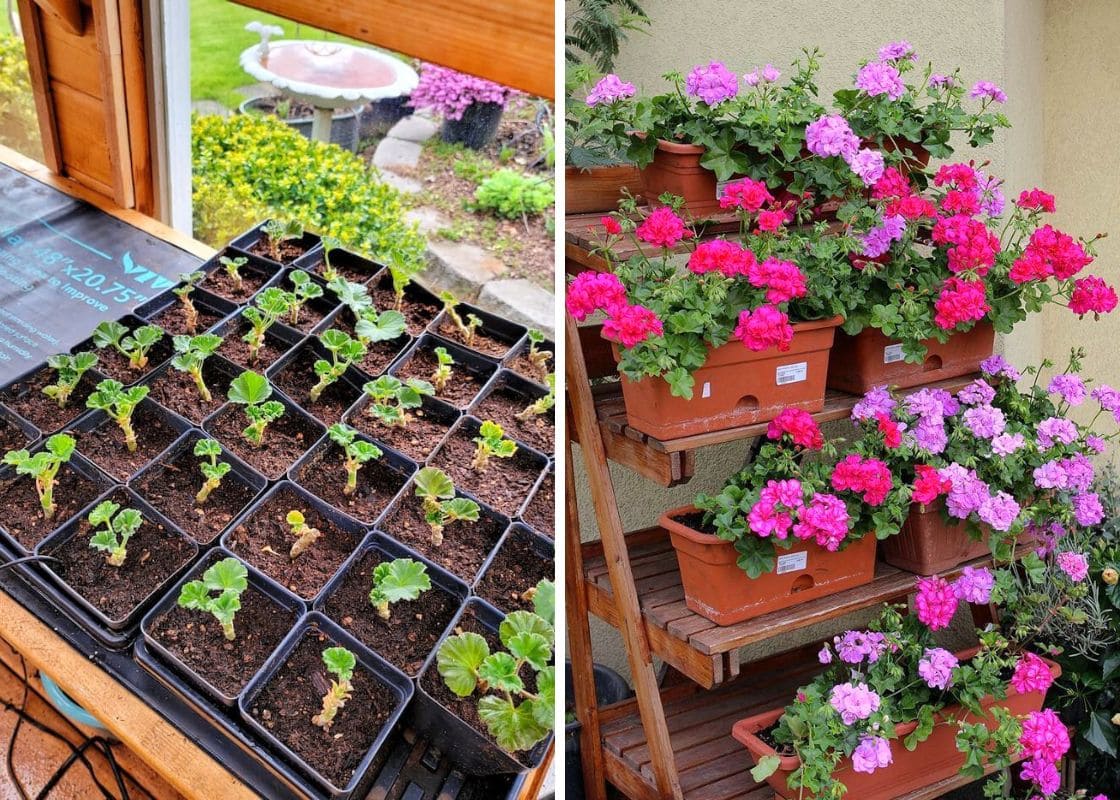As a gardener, few things bring me more joy than watching hydrangeas burst into a profusion of vibrant blooms each spring and summer.
These stunning shrubs, with their massive flower clusters and lush foliage, are true showstoppers in any garden. But achieving those breathtaking blooms isn’t just about waiting for nature to do its thing, it takes a little bit of work, especially in spring.
After years of growing hydrangeas, I’ve learned that spring is the most crucial time to set the stage for a spectacular display.
If you neglect these tasks, your plants might still grow, but their flowers will be fewer, smaller, or even nonexistent. Let’s walk through the essential spring hydrangea care steps to ensure your plants thrive and bloom abundantly.
1. Cleaning Up and Removing Winter Damage
Winter can be tough on hydrangeas, especially if you live in a cold climate like mine. As soon as the last frost passes and new growth starts to emerge, I do a thorough cleanup.
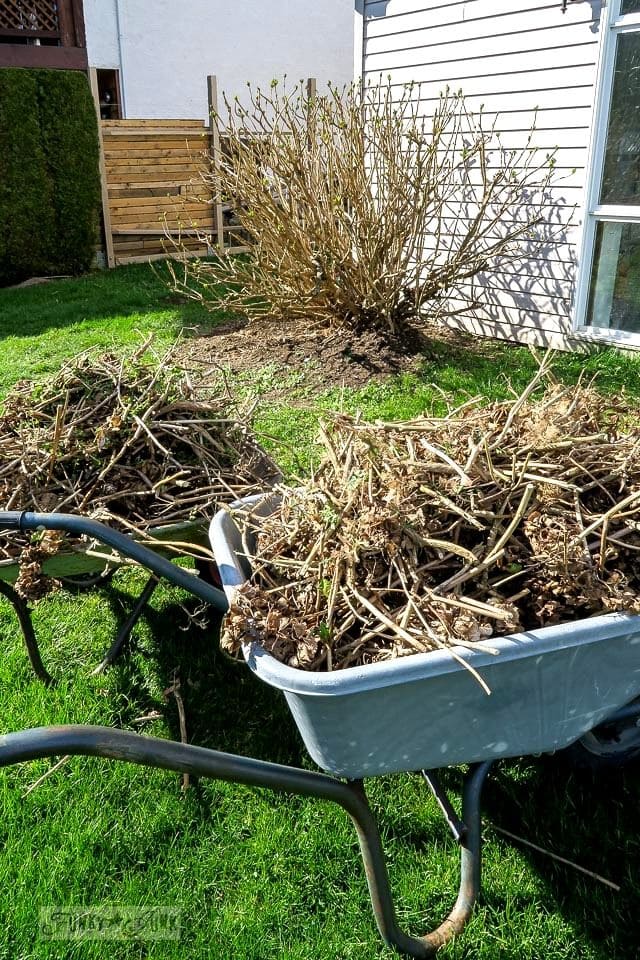
First, I remove any remaining dried flower heads from last season. I leave them on through winter to protect the buds from harsh weather, but once spring arrives, they need to go.
Next, I check for winter-damaged stems, those that are brittle, brown, and lifeless.
If a stem snaps easily, it’s dead and needs to be pruned at the base. On the other hand, if it bends slightly and has green inside, it’s still alive and should be left alone.
2. Pruning the Right Way (And Not Overdoing It!)
The key is knowing what type of hydrangea you have because different types bloom on either old wood (last year’s stems) or new wood (current season’s growth).
- Bigleaf (Hydrangea macrophylla) and Oakleaf Hydrangeas bloom on old wood, so I only prune them lightly in spring, just removing dead or weak stems. If you cut them back too much, you’ll remove all the buds and end up with a leafy shrub but no flowers.
- Panicle (Hydrangea paniculata) and Smooth Hydrangeas bloom on new wood, so they benefit from a harder pruning in early spring. I cut them back by about one-third to encourage strong new growth and bigger blooms.
If you’re unsure which type you have, the safest bet is to prune only the dead and damaged stems in spring and save major shaping for after flowering.
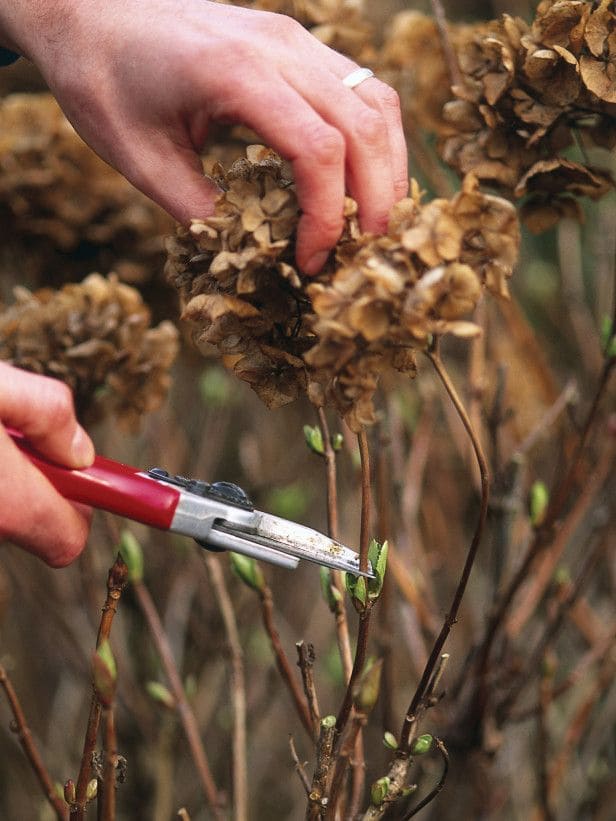
3. Feeding for Maximum Blooms
Hydrangeas are hungry plants, and I’ve found that feeding them in early spring makes a huge difference.
As soon as I see new growth, I apply a slow-release balanced fertilizer (such as a 10-10-10 mix) to encourage strong stems and flower development.
For an extra boost, I also give my hydrangeas a dose of organic matter like compost or well-rotted manure around the base of the plant. This helps improve soil structure and provides a steady supply of nutrients throughout the season.
Another trick I’ve used is Epsom salt (magnesium sulfate). A tablespoon or two mixed into the soil can strengthen stems and enhance flower color.
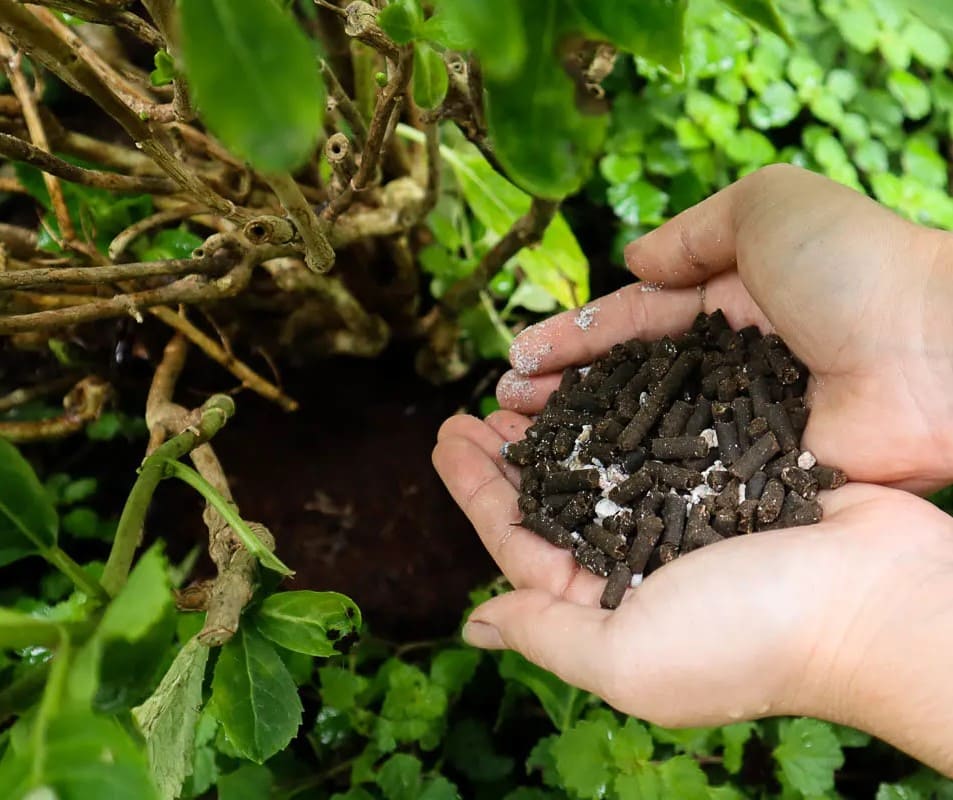
4. Adjusting Soil pH for Color Control
One of the most fascinating things about hydrangeas is that you can actually control their flower color but only if they are the right type.
Bigleaf hydrangeas (H. macrophylla) are the ones that can shift between blue, purple, and pink, depending on soil pH.
If you want blue blooms, the soil needs to be acidic (pH below 6.0). Adding aluminum sulfate or natural amendments like pine needles and coffee grounds can help.
If you prefer pink flowers, you’ll need alkaline soil (pH above 7.0). I use garden lime to raise the pH and block aluminum absorption, which turns the flowers pink.
Panicle, smooth, and oakleaf hydrangeas don’t change color with soil pH, so for those, I just focus on keeping the soil rich and well-balanced.
5. Deep Watering for Strong Roots
Hydrangeas love moisture, but soggy soil can lead to root rot. In spring, I make sure my hydrangeas get deep but infrequent watering to encourage strong root development.
I water them deeply once or twice a week, especially if the weather is dry.
The goal is to soak the soil down to at least 6 inches, which helps the roots grow deep and resilient. If you only water lightly, the roots stay shallow, making the plant more vulnerable to drought stress later on.
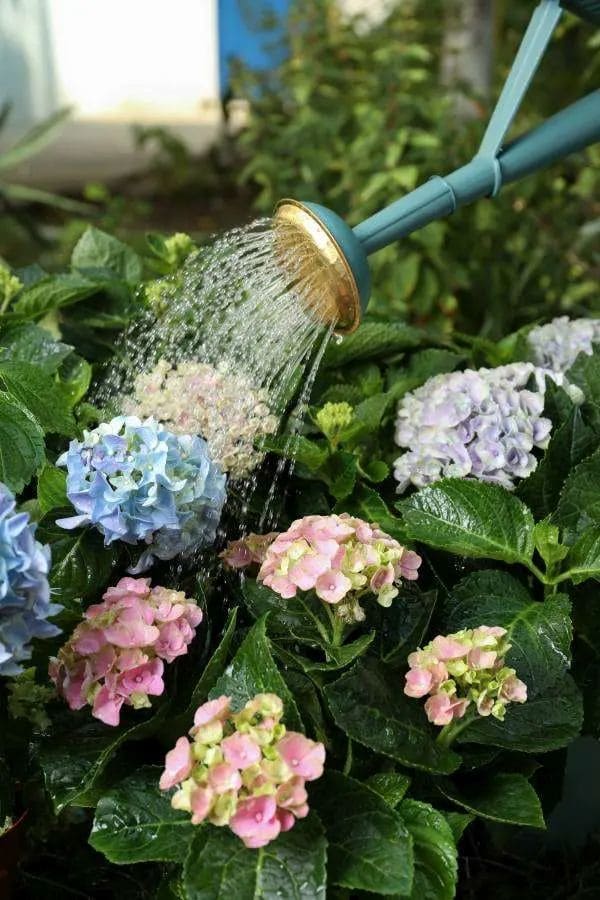
6. Mulching for Moisture and Protection
Mulching is an absolute must for hydrangeas. A 2–3 inch layer of organic mulch (like shredded bark, leaves, or straw) helps retain soil moisture, suppress weeds, and keep roots insulated.
I always make sure to leave a small gap around the base of the plant to prevent rot. Mulch also slowly breaks down over time, adding nutrients back into the soil.
In my garden, I refresh my mulch layer every spring to keep my hydrangeas happy and healthy.
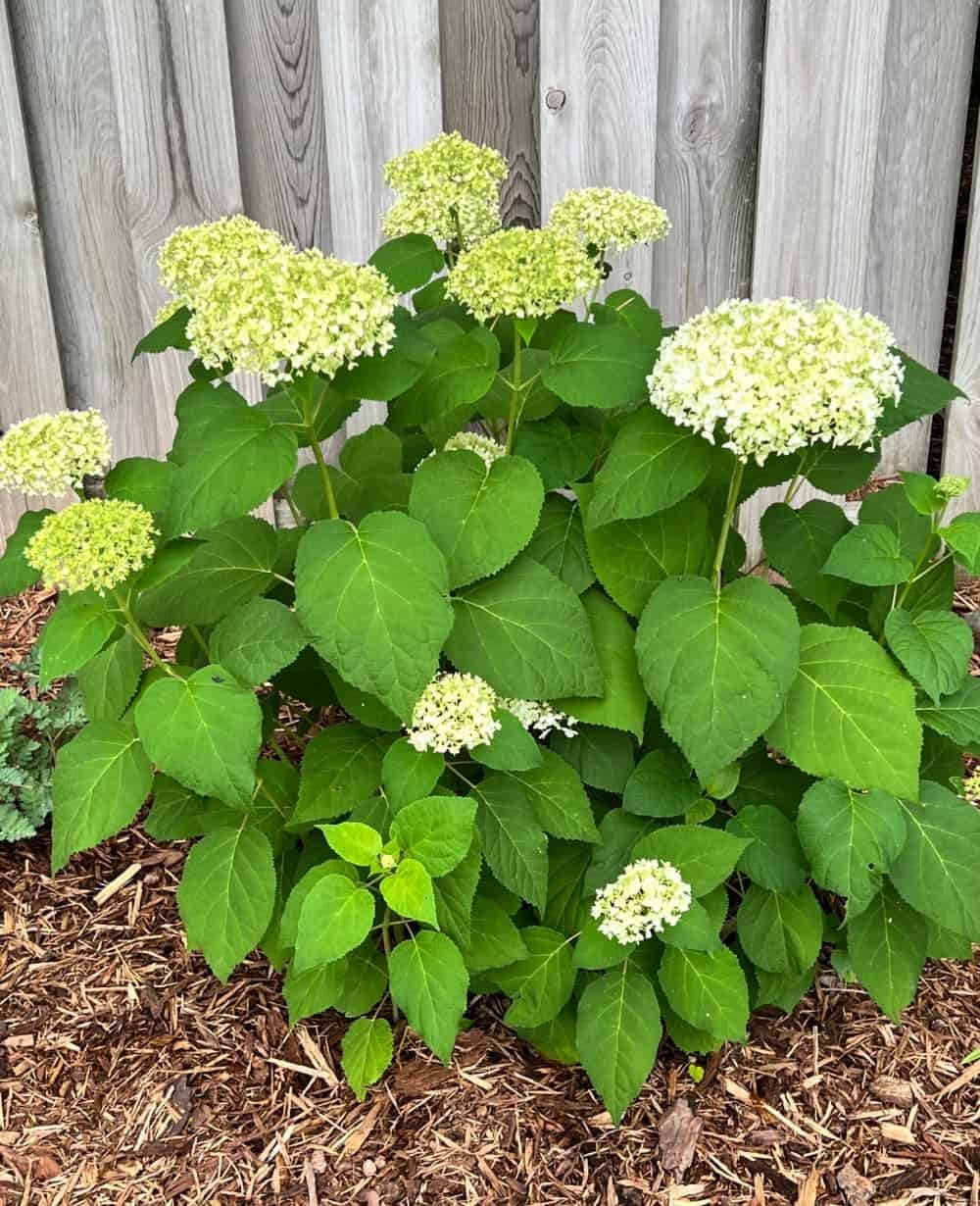
7. Supporting Heavy Blooms
One of the biggest complaints I hear from new hydrangea growers is that their blooms flop over. This usually happens when the stems aren’t strong enough to support the heavy flowers.
To prevent this, I stake young or weak plants in spring before they get too large. I also focus on proper pruning and feeding with potassium-rich fertilizer, which helps strengthen the stems.
For bigleaf hydrangeas, I’ve found that allowing the plant to grow naturally without cutting it back too hard encourages thicker, sturdier stems.
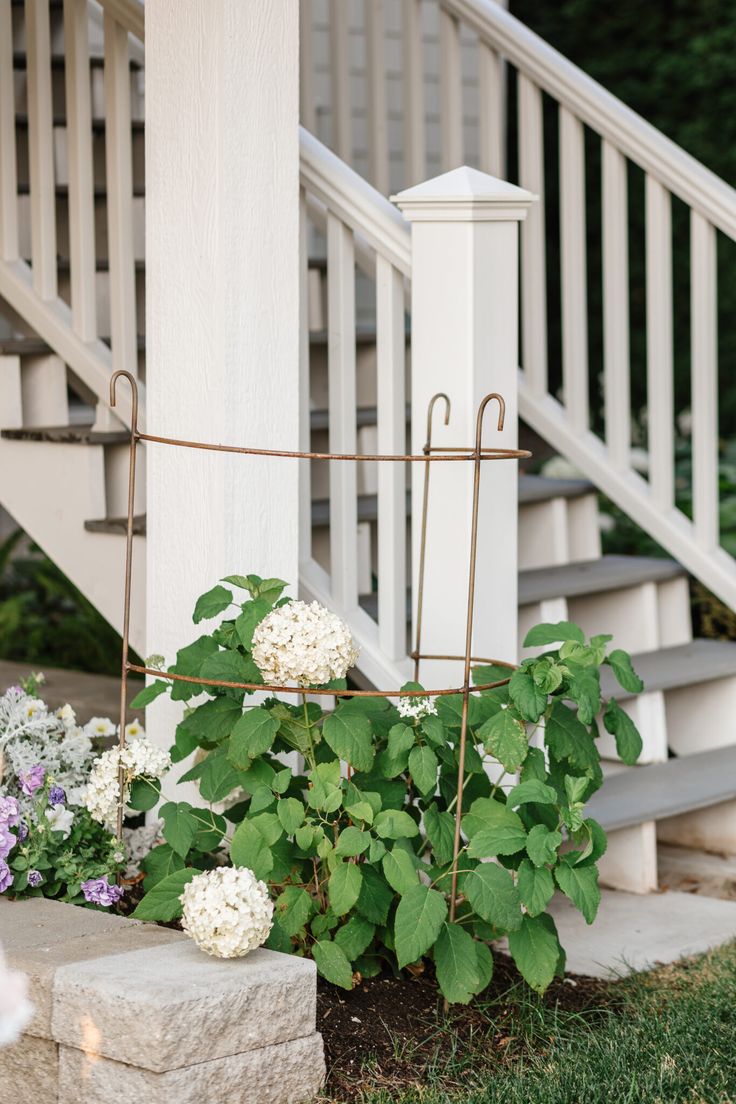
8. Protecting from Late Frosts
Spring weather can be unpredictable, and nothing is more heartbreaking than seeing tender new growth killed by a late frost.
To protect my hydrangeas, I keep an eye on the forecast and cover them with burlap or frost cloth if temperatures drop suddenly.
If you’ve already lost some buds to frost, don’t panic. Many hydrangeas will still produce some flowers, just later in the season. Keeping plants well-fed and watered can help them recover more quickly.
